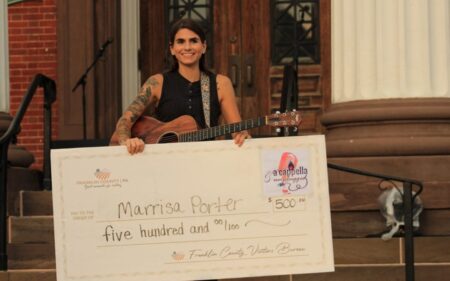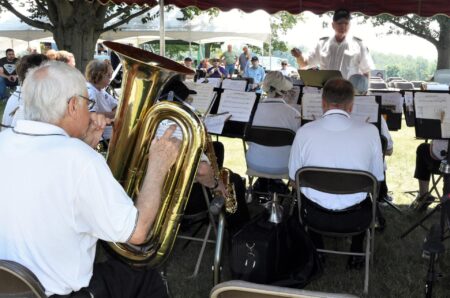In every town, citizens routinely travel local streets, or mention them in everyday conversations. But they often don’t consider the cultural and geographic stories behind their street’s names. Named streets serve a practical purpose. They ease navigation and provide a semblance of order to a community. These names stamp each city grid with a unique fingerprint, unmatched by any other American town. But these avenues also tell historic tales.
At first glance, Waynesboro’s street names don’t stray far from the norm. When compared to Pennsylvania’s top ten most popular street names, the Borough has six of them (Second, Third, Park, Church, Ridge, and Maple). Numbered streets and avenues are a common and logical choice throughout America. In Waynesboro, Main Street is the de facto “First Street” (First is also in PA’s top ten list) and its 2nd through 10th streets are laid out south of this main thoroughfare. But one of those numbered streets once answered to a different name.
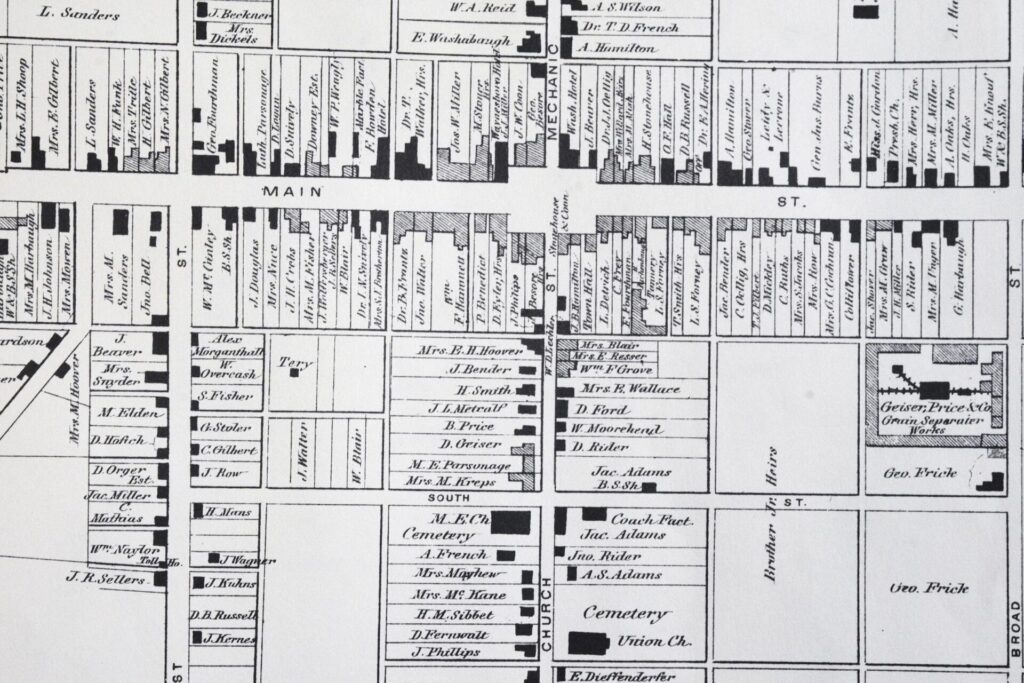
Exploring further into the Waynesboro area’s more unique street names, local and regional historic influences come into focus, and highlight the significant people and places that shaped the community as it’s seen today.
Industry was an integral part of Waynesboro’s development, and is represented by various street references. George Frick was an early industry titan, and with his guidance, Frick Company developed into a powerhouse enterprise. Frick Avenue is a testament to his success.
On a hilltop overlooking town, another industrial giant built a Waynesboro mansion in the late 1800’s. His name: Peter Geiser. The company he founded was Geiser Manufacturing. Geiser gave his large home a poetic moniker: Mount Airy. Later, the hilly street it sat atop would take that name as well. In Wayne Heights, Geiser Avenue was named for this same man. Another significant family from Waynesboro’s industrial golden age is remembered by nearby Landis Avenue.
One thing constant about street names: they often change with the times or sometimes lose their original context. There once was an Antietam Street in Waynesboro, homage to the area’s prominent waterway. That street has vanished within the confines of Memorial Park. The former Mechanics Street that intersected town square is now the more appropriately named Church Street. Old-time Leitersburg Street, named because it led to that community, is now called Potomac Street. That major road leads southward toward the famous river via Hagerstown.
Ringgold Street was once a direct path toward that Maryland hamlet, but Waynesboro’s modern layout has rendered that guiding reference obsolete. Reservoir Avenue was once next to the Borough’s in-ground water supply, but that reservoir no longer exists. On an 1868 town map, Second Street was called South Street, an equal compliment to North Street on the other side of Main. Perhaps Waynesboro’s early founders didn’t envision the community’s expansion far beyond those directional streets, only a few blocks apart from each other.
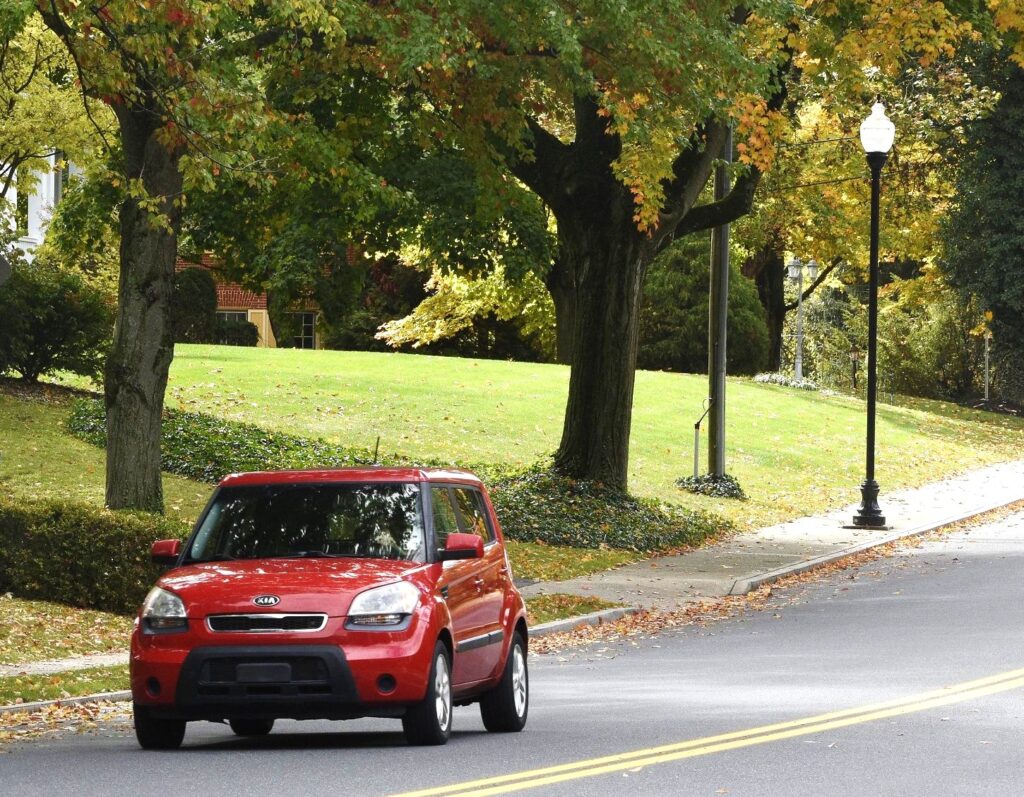
Waynesboro families and individuals have had many streets named for them. Clayton Avenue is easily one of the most glamorous addresses, named for the James Clayton family that owned a significant property at the present-day corner of Main and Clayton. Their former residence was razed a half-century ago to make space for Waynesboro’s first foray into fast food- the site now home to Pizza Hut and McDonalds.
Virginia Avenue was named for a Clayton family daughter and nearby Myrtle Avenue was bestowed as a tribute to a Clayton daughter-in-law. Both these feminine streets reside in the same area as the Clayton’s old farmstead, which once occupied a sizable chunk of eastern Waynesboro real estate.
Mike Snively Way, a lane next to the old Record Herald building, remembers the hard-working newspaper delivery man and kind-hearted citizen who died in 2017.

Many city streets are named for larger-than-life heroes. Waynesboro has examples on both a regional and national scale. Celebrating Pennsylvania colonial history, Benjamin Franklin and William Penn are represented by Franklin and Penn streets. Waynesboro’s namesake, Revolutionary War General “Mad” Anthony Wayne, (who earned his nickname with a fiery temperament) is remembered by Wayne Avenue and Anthony Highway.

Surprisingly, several notable historical and geographic references are absent on Waynesboro’s grid. No street name mentions Maryland, or the surveyors Mason and Dixon, who created the nearby world-famous boundary and imaginary demarcation line between north and south. Only Pen Mar Street (the first concrete-surfaced avenue) alludes to Waynesboro’s proximity to its southern neighbor. State Road leads toward the Old Line State, but doesn’t single out Maryland by name.
Also ignored on the local street map are the ancient Appalachian Mountains, which offer a daily scenic backdrop. Waynesboro’s Highland Avenue is named for the steep hill it ascends, not for that nearby mountain range.
America’s founding-father Presidents are also under-represented. The first three Chief Executives- legendary leaders George Washington, John Adams, and Thomas Jefferson are all forgotten ghosts. Fourth President, James Madison, makes the Waynesboro presidential street list, so does beloved leader Abraham Lincoln, but neither street is a prominent thoroughfare.
James Buchanan, the 15th President, is remembered by Buchanan Trail (Route 16 east and west of town limits). Born in Franklin County near Mercersburg, Buchanan has a tarnished reputation with historians, but remains the area’s most prominent locally-bred figure.
Ulysses S. Grant (Civil War General and 18th President) is another well-known leader honored by Grant Street. Three additional obscure Presidents may not be household names, but their political leadership is still recognized on Waynesboro’s modern streets. William Henry Harrison, the 9th President, achieved morbid notoriety for being the shortest tenured Chief Executive, serving only for a month before his sudden death in April, 1841. Some medically trained historians believe he died from tainted White House drinking water, not pneumonia.

James Garfield suffered a tragic fate as well. In 1881, the 20th President was shot just four months into his administration. Garfield’s bullet wound was survivable, but shoddy medical care caused an infection, and he died two months later.
Grover Cleveland holds the distinction of being the only U.S. President to serve two non-consecutive terms. The 22nd and the 24th Presidents are the same man and Cleveland Avenue (formerly the Hagerstown Road) is a tribute to this mustached leader from Buffalo.
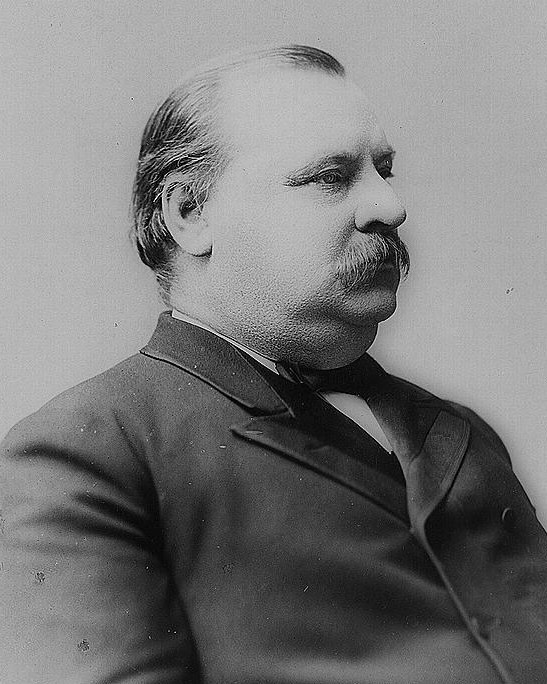
Roaming various town streets, several native tree species are represented, including Walnut, Locust, and Maple. Maple is Pennsylvania’s most popular street name with 542 counted occurrences. Waynesboro’s Elder Avenue was named to commemorate senior citizens who reside there. CV Avenue is short for Cumberland Valley, representative of the area’s gorgeous landform and also reference to a railroad company once operating on Waynesboro’s western edge.
The origin of many other street names remains a mystery. Dickinson, Enterprise, Clyde, and Eden are four such examples.
Waynesboro street names are fascinating place holders for historical events and eras, and hint at past lives of people who lived through them. These named avenues preserve the town’s unique flavor, establishing and then strengthening local traditions. They bond past societies to future residents who will one day travel these same streets.



